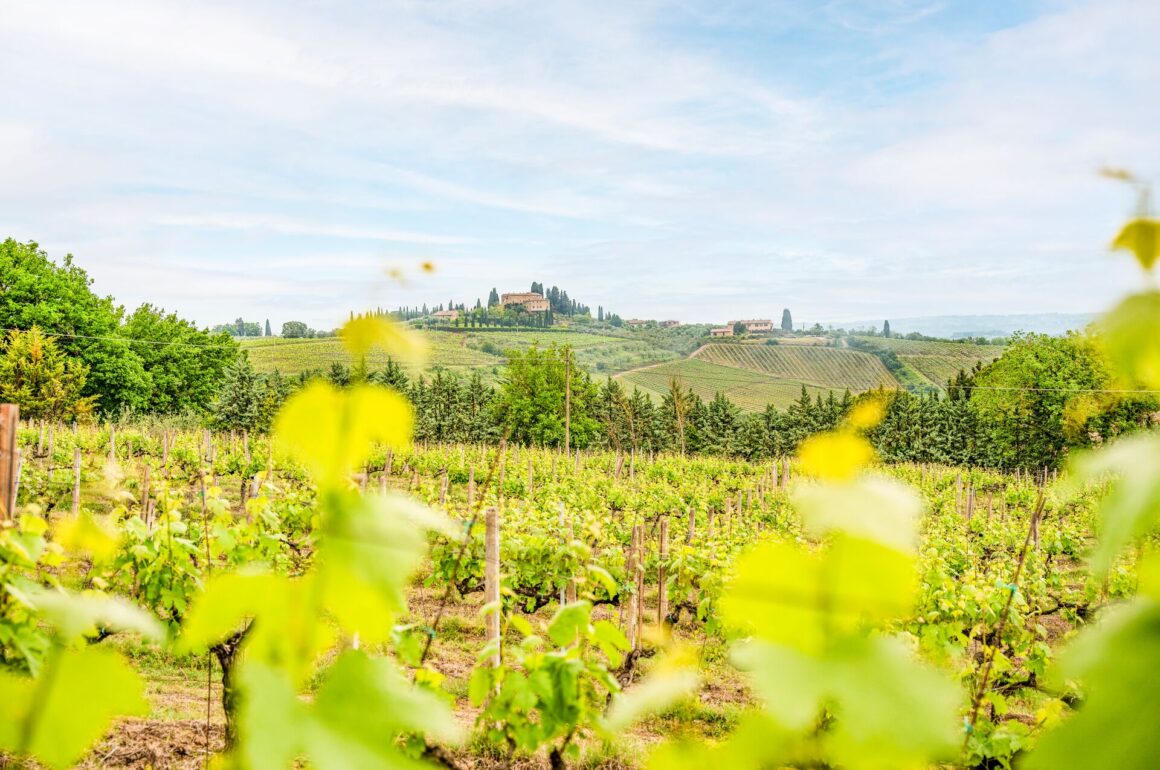
No journey to Italy is complete without walking sun drenched vineyards and sipping limited edition vintages. For a taste of Tuscany to savor forever you’re invited to the charming Guardastelle Estate in San Gimignino to join the owners for a personal and private wine tasting tour.
We had the privilege to speak with Fausto, owner and wine producer of the Guardastelle Estate to learn what goes into producing a certified wine, harvest predictions and how to perfect the art of wine tasting.
Discover this on: Ultimate Italy
Exclusive wine, with a personal touch

“Guardastelle Estate is considered one of the smallest establishments in the area,” Fausto explains. “We have 12 acres of vineyards plus five acres of olive trees from which we also produce extra virgin olive oil.
“We produce five wines in small quantities so, we are very exclusive. For two of our vintages, we produce about 6000 bottles each, and only 3000 for the other three types. And they are only available here – you won’t find our wines in stores, restaurants or the nearest town.
“At Guardastelle, as a boutique winery we’ve always been focused on people coming to our farm, to see firsthand the vineyards and try the wines. Each bears the DOCG certification, a sign of excellence and the most important certification of Italian wines.”
For travel inspiration read our Italy destination guide
DOCG – the elite classification
DOCG or Denominazione di Origine Controllata e Garantita is the is the highest classification Italian wines can be awarded. The classification means that there are controlled production methods (controllata) and guaranteed wine quality (garantita) with each bottle.
This includes regulations such as no irrigation, maximum vineyard elevation, and regulations on ageing and maximum alcohol levels.
A private tour

As a guest of Luxury Gold, you’ll enjoy a private tour of the vineyards and the wine cellar. You’ll hear all about the production process and enjoy a taste of Tuscany. “We’ll explain what kind of varieties we have, and why we have these varieties relating to the certification to the DOCG and part of the production.
“For the tasting we present three wines from the current the vintage. These are usually the three DOCGs – the vernaccia white wine which is the local specialty, and the chiantis.”
You may also enjoy: Making it personal: How Travel Concierge Anna elevates your Italy experience
A boutique family business
“This is a family business, so we are involved in all the processes since from the winemaking to the tasting,” says Fausto. “This also dictates how to make the wines. We are a very small farm, so it is not possible to harvest the grapes with the machine for example, so we do it by hand.”
“We’ve no official record but architects say that the farmhouse is probably from the middle of the 1400’s. This is because that the walls were made with a specific technique which is the same used to build the famous towers of San Gimignano town.
“My wife’s family purchased it in the middle of the 1980’s. From the young age of 21, she restarted the vineyard and wine production with three classic DOCG wines that she has now produced for almost 30 years. The estate has also produced extra virgin olive oil from the start.
“In 2017 we started to work on a couple of new wines which were born in 2021. So now we have the five typologies of wines.”
You may also like: This little gelateria in San Gimignano may just serve the best gelato in all of Italy
True Chianti and Vernaccia
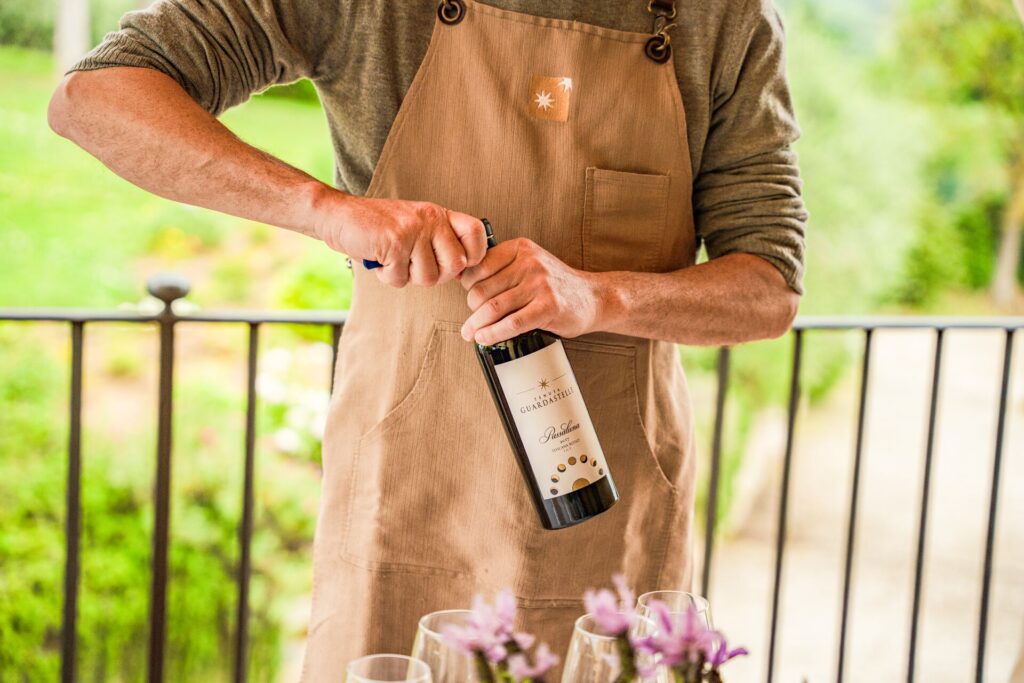
“San Gimignano is in the chianti wine region, a wine which has been produced in Italy for about five centuries,” says Fausto. “To preserve the original characteristics of Italian winemaking and its wines, the government introduced regulations to keep a high standard quality product. This is the DOCG and is the certification that allows us to call our wine chianti.”
“Chianti must be made with a minimum of 75% of Sangiovese (a grape), and then there are few other varieties that we are allowed to use to blend. Even though it is possible to make a chianti from 100% Sangiovese, usually they are made with a blend of grapes.”
All the wines produced by Tenuta Guardastelle bear this important DOCG certification. Some 78 red wines across Italy (including chianti) are on the list. There is however only one white wine included, the Vernaccia di San Gimignano.
Vernaccia di San Gimignano is a native grape variety with ancient historical origins. Renowned for its remarkable ageing capacity, it makes an excellent aperitif, pairs well with legumes and is exquisite with white meats.
You may also like: Harry’s Bars: The Story of Europe’s Two Most Glamorous Watering Holes
Manual harvest
“The DOCG regulations do not dictate how to harvest, whether by hand or machinery, or how to press the grapes. So, these methods depend entirely on the size of the farm,” Fausto explains.
“As we are small, we do a manual harvest, which is also better anyway for the grape’s quality. This helps to produce a natural, rather high sugar content in the berries, so that the DOCG standards are easily met.”
You may also enjoy: Award-winning Argentine wines you must try on your next trip
It’s all in the timing
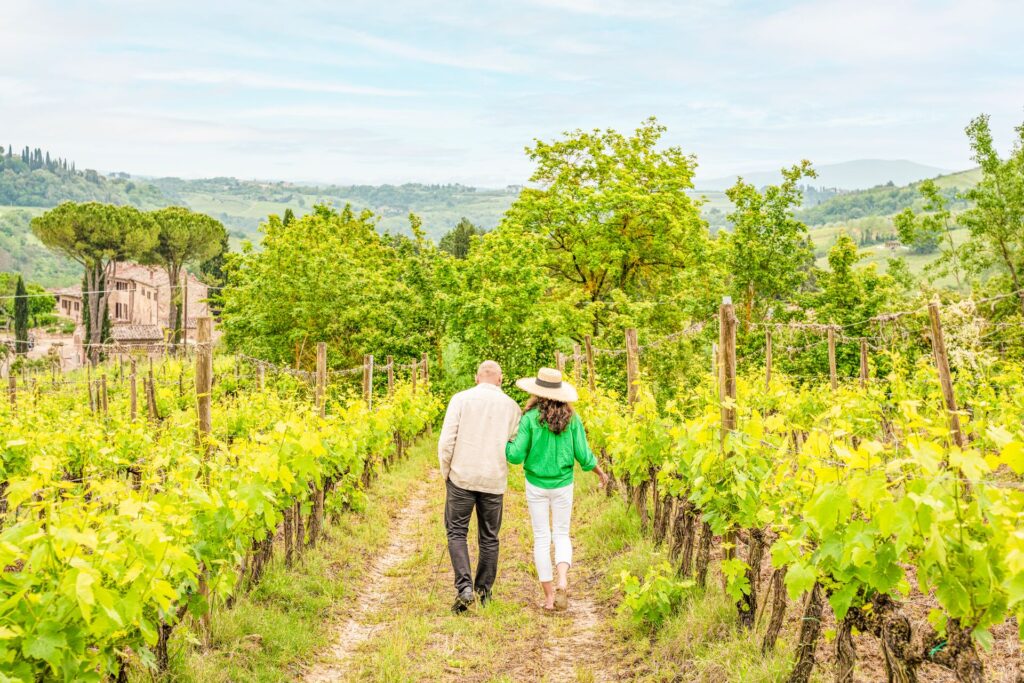
“The DOGC does regulate the days that you can harvest, although the time frame is very large. The time to harvest is dependent on the varieties and it depends a lot on the weather,” Fausto says. “We know by the experience that the harvest time is around the beginning of September for the white grapes and middle third week of September for the red varieties.
“So, a few days before the planned harvest we start to control the grapes. We go in the vineyards and pick a few from all over the field. The grapes are then mixed together, because different parts of the vineyards can have slightly different maturation, before making an average of the sugar content.”
“We also taste them – with experience you know from their softness if they’re ready. Then we look at the weather forecast to see that maybe these grapes need a week but if the weather is going to be bad, then we may need to harvest them in a couple of days.
“This, a taste of Tuscany, is probably one of the best parts. Because it’s almost ready. It’s such a great feeling – every year is a new project with a new vintage.”
You may enjoy: The ultimate Luxury Gold souvenir guide to Europe
Time to mature – a unique minerality
“Some of these wines take up to three years to be ready,” Fausto explains. “So, we will harvest the year’s vintages around the start of October, and the white will start to serve as a wine tasting in almost two years. And the Chianti about four years.
“This is our personal choice because of the composition of the soil. Here the soil has a high minerality that gives a very high freshness to the wine, so it needs longer to mature.
“So, for example, not all the vernacchio’s of the area are the same, and we usually don’t have the youngest of the vernacchio possible to taste. Because the other Tuscan wineries and vineyards don’t have such a high minerality, the life of their vernaccio is much shorter.”
You may also enjoy reading: Wine and Dine: A Guide to Private Wine Pairing in Italy’s Most Exquisite Vineyards
Tasting tips
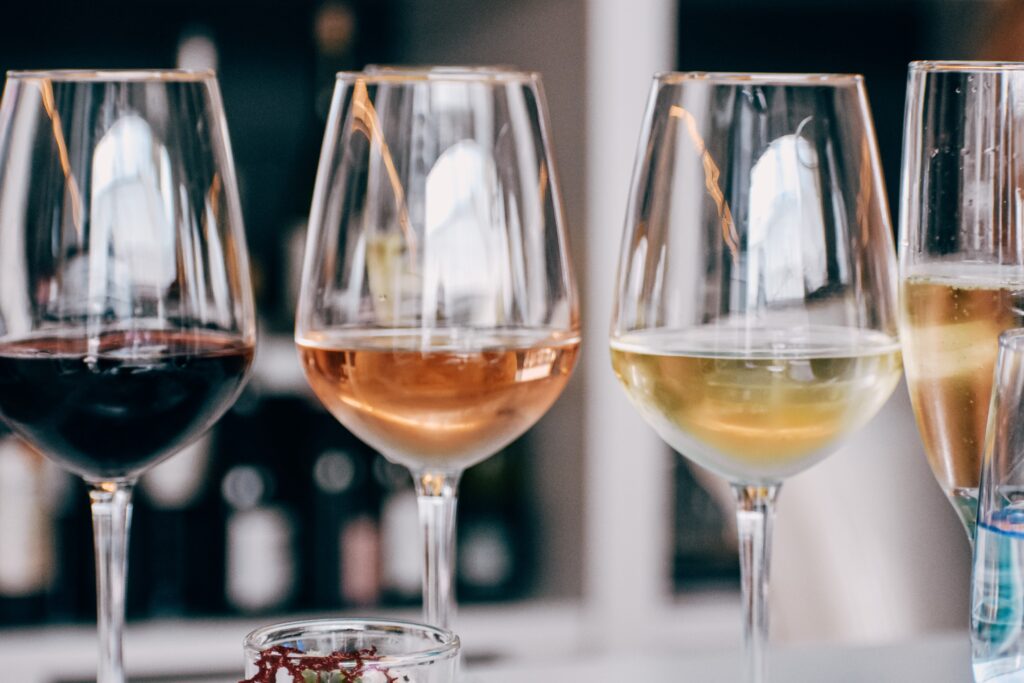
“We always guide guests through the tasting, a taste of Tuscany” says Fausto. “We explain the three types of analysis. First is the visual, to check the color if the wine is clear or cloudy, and we show you how to do it with the white napkin on the back of the glass.
“Then comes smell. Here we don’t say everything because we could stay a full day talking about it! We do tell you the categories that you can smell in a wine, depending on the variety. For example, vegetables or fruit. Then lastly, we have taste and we help you get deeper into the analysis. Every wine actually had different characteristics, or even if similar there are always some slight differences.
You may also like: Dive into luxury at these incredible hotel pools
Practice makes perfect
“Wine tasting is like learning a new language,” Fausto concludes. “You need to train and to try many different wines to try to understand the different flavors and tastes that different varieties can produce. The characteristics of, for example, a Chardonnay grape, when grown in Tuscany or other parts of Italy or the world are not the same. So keep practicing!”
To delight in a taste of Tuscany for yourself in this stunning chianti wine region, take a look at our Ultimate Italy small group journey



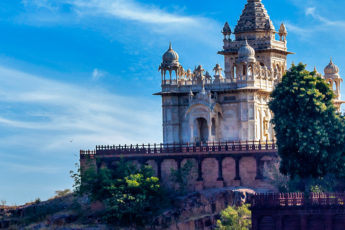


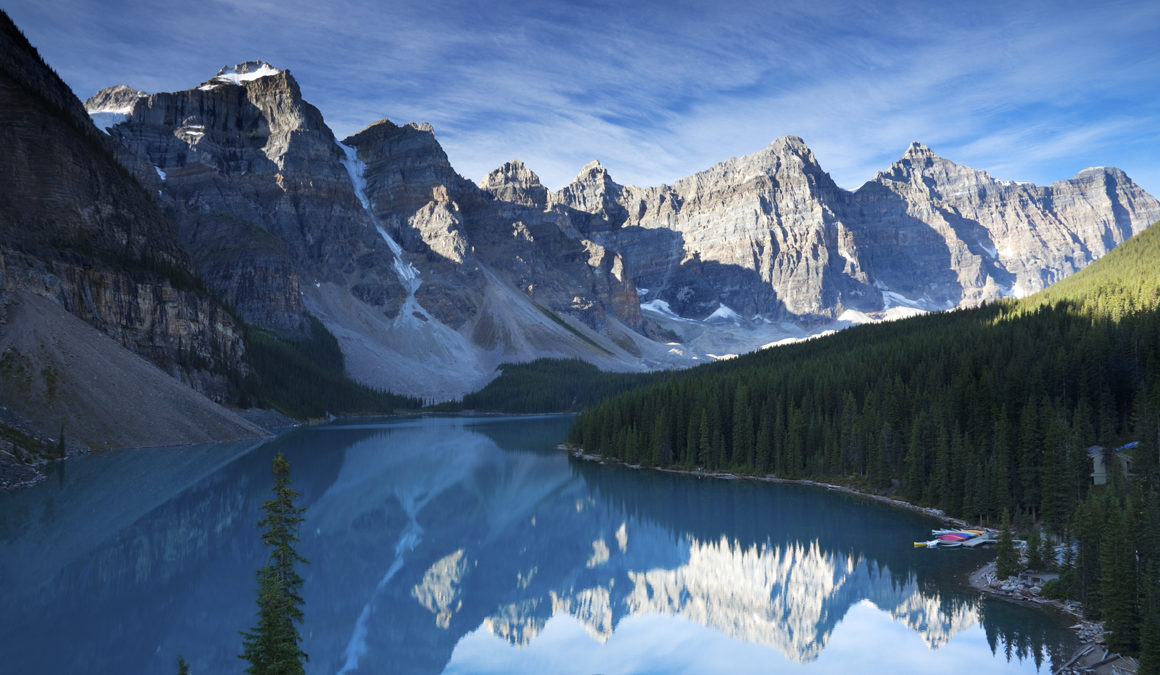
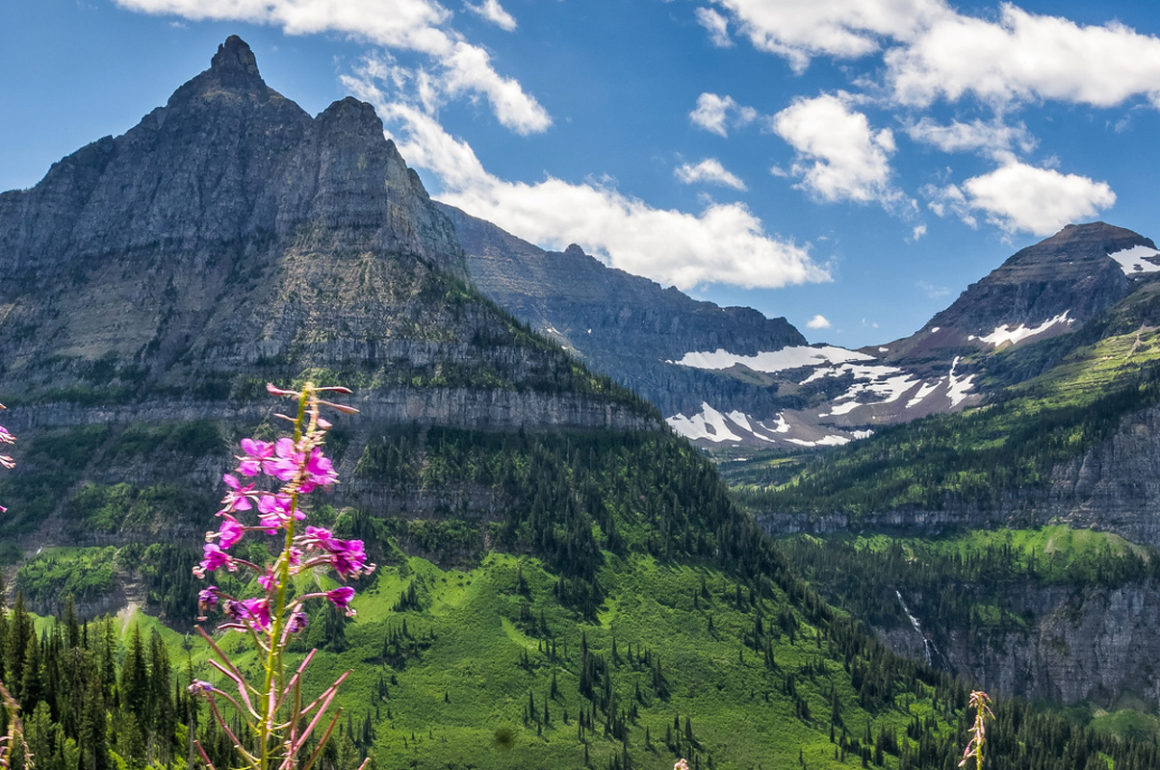
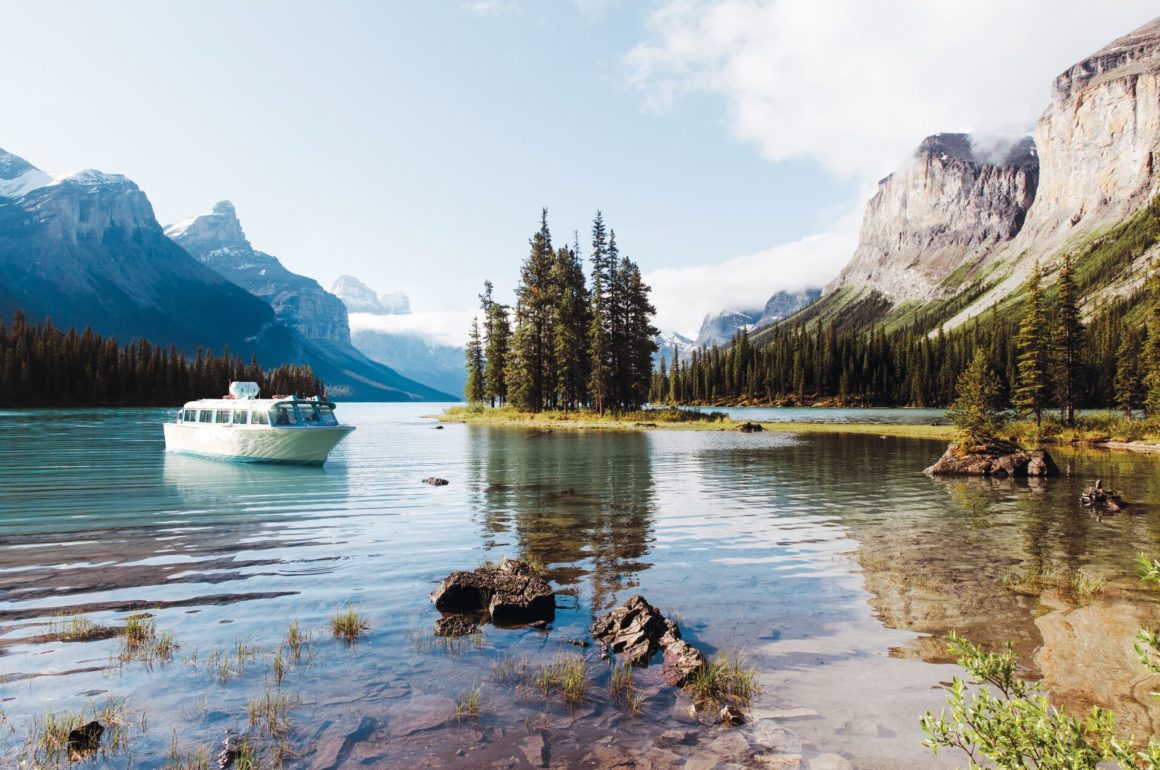

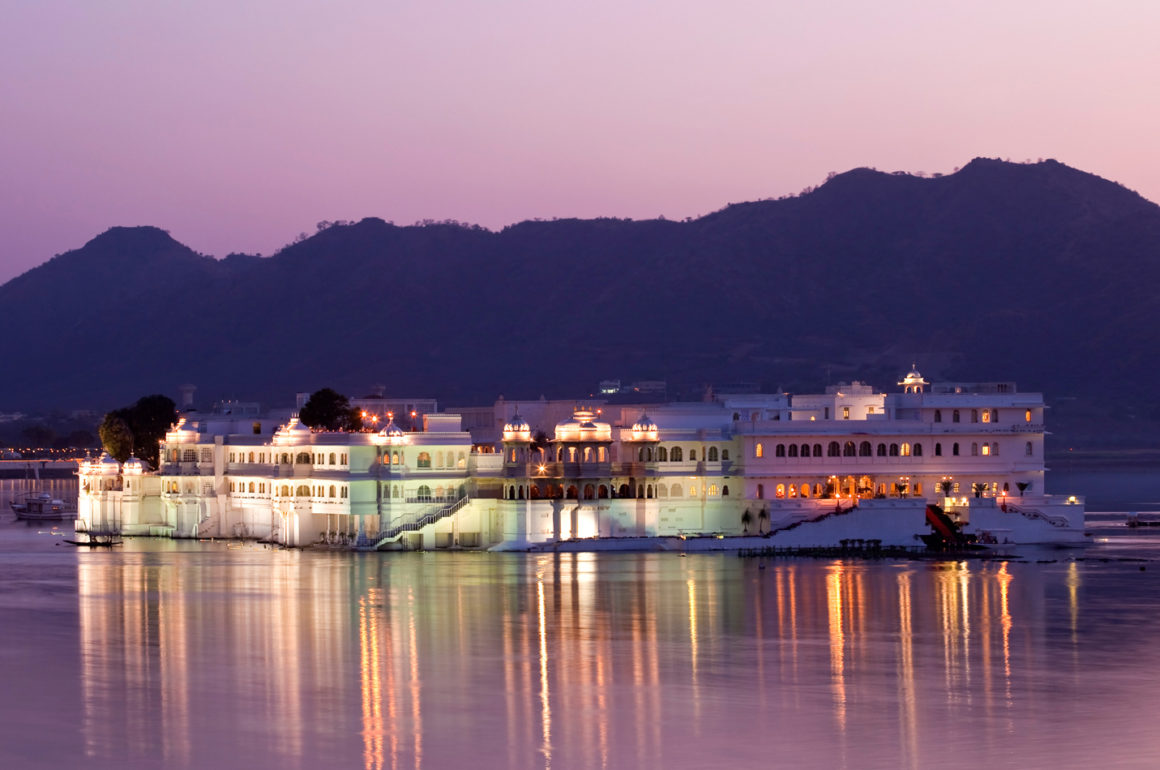
Leave a Comment